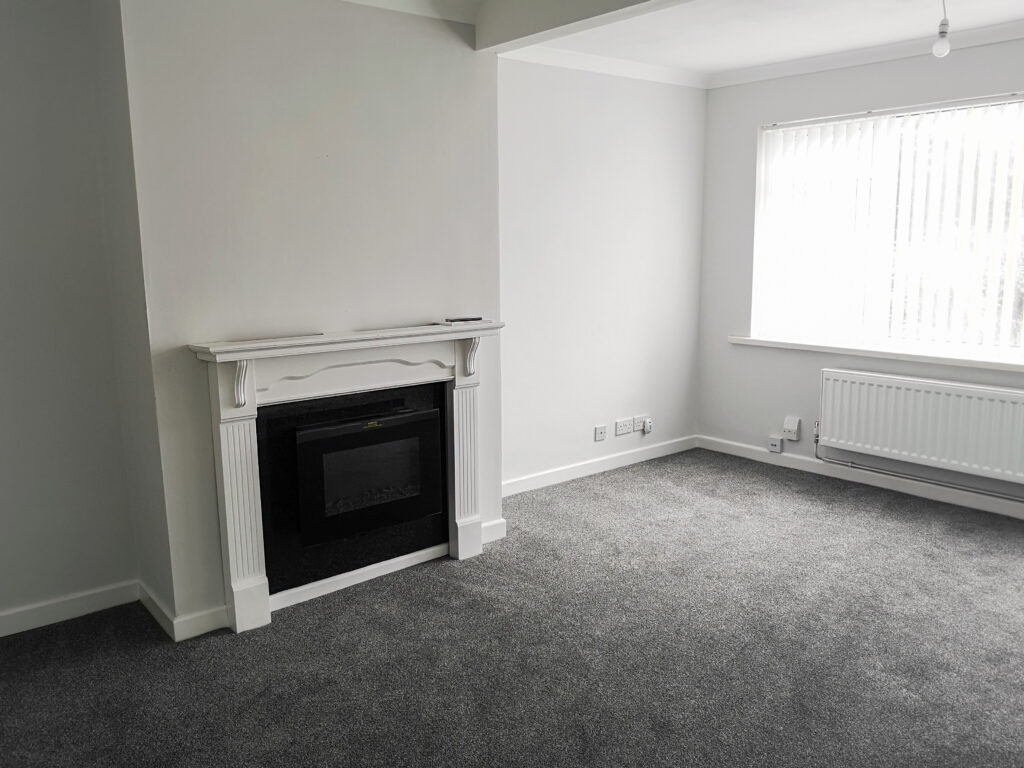As modern heating solutions overtake traditional fireplaces, you might be considering reclaiming the space taken up by an unnecessary chimney breast in your home. Yet, a chimney breast removal is not a DIY task. It involves understanding the structural implications, seeking the necessary permissions, and appointing a professional team. Below, we outline a step-by-step guide to help you understand the process of how to remove a chimney breast.

Assess the Structural Impact
A chimney breast forms an integral part of a building’s structure. So, its removal must be undertaken carefully, as it can potentially destabilise the building. Prior to removal, it’s essential to engage a structural engineer to conduct an assessment. They will be able to guide you on the necessary structural reinforcements required after the chimney breast removal.
Seek Necessary Permissions
Before you proceed, ensure that you have the required permissions from local authorities. In the UK, removing a chimney breast often requires Building Regulation approval. You may also need planning permission if your building is listed or situated in a conservation area. It is worth consulting your local council’s planning department to understand which permissions you will need.
Choose the Right Professionals
The process of removing a chimney breast is complex and best left to professionals. When choosing a team, consider their experience and references. An experienced team will not only ensure a smooth process but will also anticipate potential problems, such as how to manage the large amount of dust produced during the operation.
The Removal Process
Chimney breast removal starts at the top, with the dismantling of the chimney stack. Once the stack is removed, a steel beam is installed to provide support, a process known as ‘gallow bracketing’.
The breast is then removed room by room, starting from the top and working downwards. Steel beams or RSJs are installed to support the structure once the chimney breast has been removed. This stage creates the most dust, so it is critical to seal the area and protect your furnishings.
Following the removal, the remaining hole is usually filled with plasterboard and plastered over. Alternatively, it can be turned into a useful alcove with built-in storage.
Post-Removal Process
Once the chimney breast is removed, you need to ensure that the project complies with Building Regulations. Building Control must inspect the work done and if it’s satisfactory, they will issue a completion certificate. This certificate is crucial as it serves as proof when you come to sell your home.
Cost Considerations
The cost of removing a chimney breast can range from £1,500 to £4,000, depending on various factors including the size of the chimney, location, and potential structural work required. Keep in mind that this is a significant investment, but one that can add value to your home.
The process of removing a chimney breast, while complex, can be successfully accomplished with the right preparation, professional help, and adherence to Building Regulations. The newly acquired space can add value to your home and enhance your living space.
When approached methodically and professionally, this challenging task can be a highly rewarding home improvement project that creates a more functional and modern living environment.






